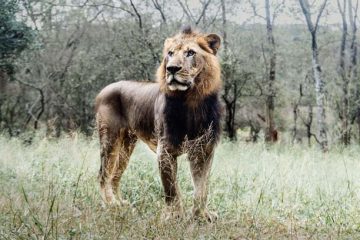 A group of Montana researchers working with the United States military has proposed a new, unique answer to the ongoing global epidemic destroying honey bee colonies: A fungus and virus working in tandem, aided by mites, may be the cause.
A group of Montana researchers working with the United States military has proposed a new, unique answer to the ongoing global epidemic destroying honey bee colonies: A fungus and virus working in tandem, aided by mites, may be the cause.
The ongoing honey bee deaths are widespread, causing losses in the USA, Europe and Asia. The puzzling phenomenon has a name: Colony Collapse Disorder (CCD). Now, the parts to the puzzle seem to be coming together with an answer at hand.
Dr. Jerry Bromenshenk heads the “Bee Alert” team at the University of Montana and Montana State University in Bozeman. Building on research done by others, such as that done by Dr. Joe DeRisi at the University of California, San Francisco, and working closely with the U.S. Army’s Edgewood Chemical Biological Centre near Baltimore, the team and the military have issued a joint paper on their findings.
The suspects are a fungus and virus working together, often in the presence of mites. Whether one agent weakens the honey bees allowing the other to move in for the kill or both work together in a fortified attack is still a question. What is known is that in every affected colony studied evidence of both agents, fungus and virus, were found. “They’re co-factors, that’s all we can say at the moment,” said Bromenshenk.
The report makes clear that, ” . . . co-infection with these two pathogens was more lethal to bees than either pathogen alone.” The deadly pairing was not observed in colonies with no history of CCD.
Why was the American military interested in examining dead bees?
Charles Wick, a microbiologist at Edgewood told the New York Times, “Our mission is to have detection capability to protect the people in the field from anything biological . . . ” Delving into the CCD mysterious bee deaths was an opportunity for the Army to put its unique analytical software through its paces.
The powerful military software designed to identify biological agents in the field was brought to focus on the CCD disaster with the result that bee keepers instead of field commanders benefited from the military’s ingenuity.
Infected bees fly from their hives and die, often unable to return to the colony. This has meant few dead bee bodies to exam and has heightened the mystery. This did not stop the military which analyzed protein from bees killed by CCD and uncovered a new DNA-based virus with a link to the N. ceranae fungus studied by DeRisi of the U of C, San Francisco.
Why is all this important? According to the USDA, “About one mouthful in three in the diet directly or indirectly benefits from honey bee pollination.” For instance, in California the almond crop alone requires over a million colonies of bees for successful pollination.
Addendum: A comment on this article contained a link to another view on this story, originally reported by the New York Times. The following link to a story by Katherine Eban in Fortune is worth a look.
Via: digitaljournal.com Image: Tom Curtis/FreeDigitalPhotos.net



